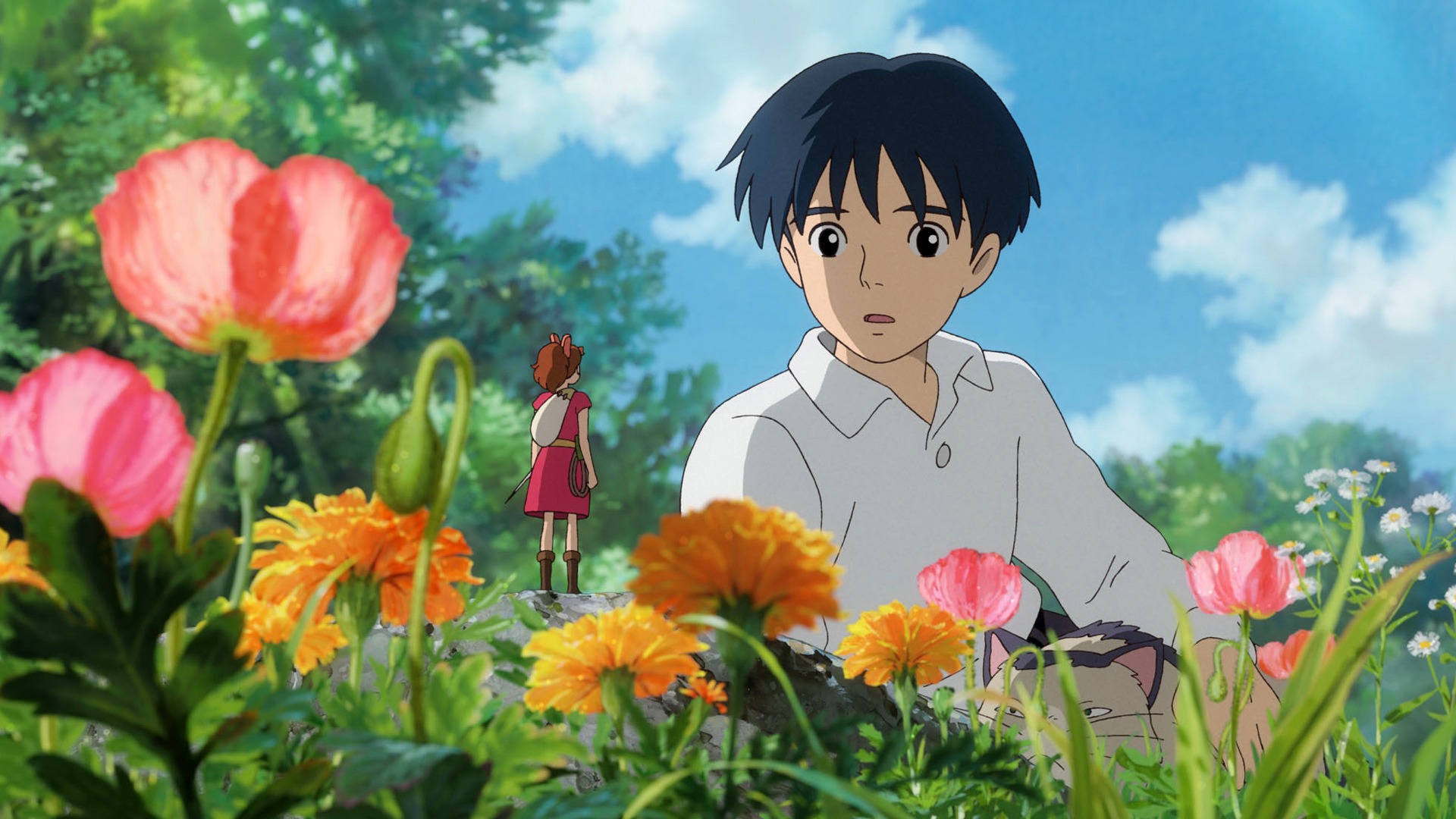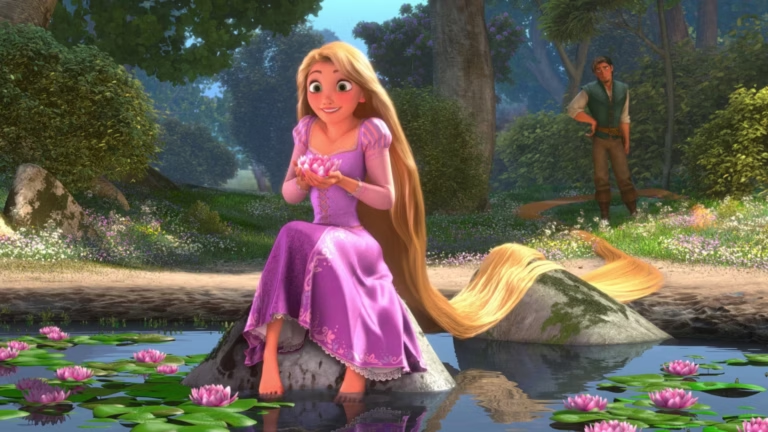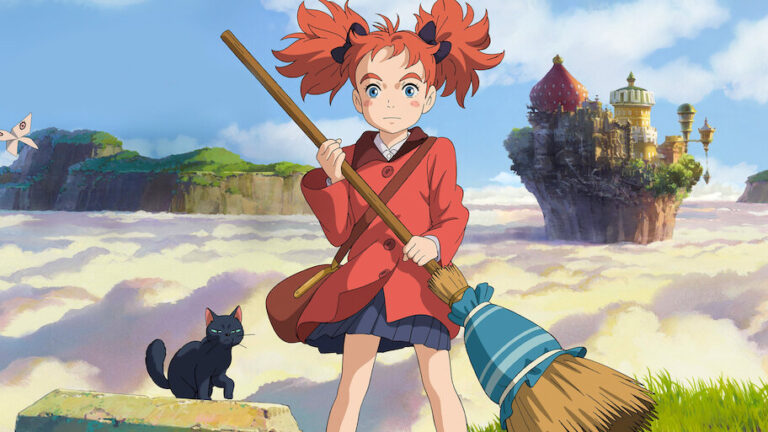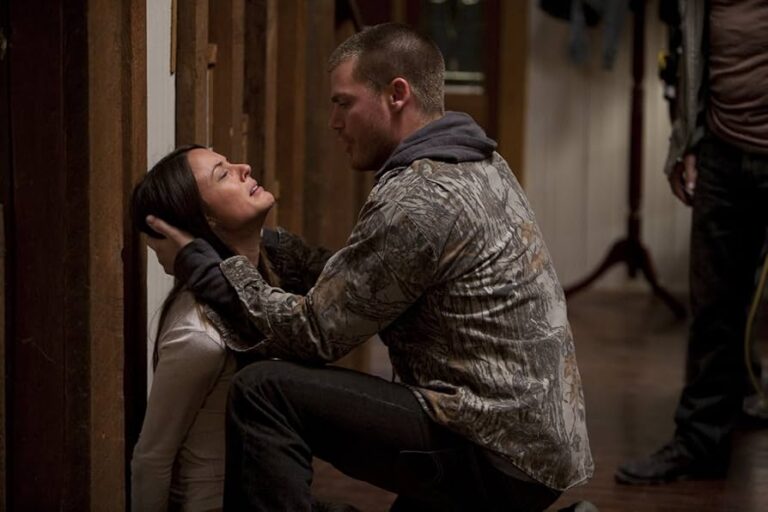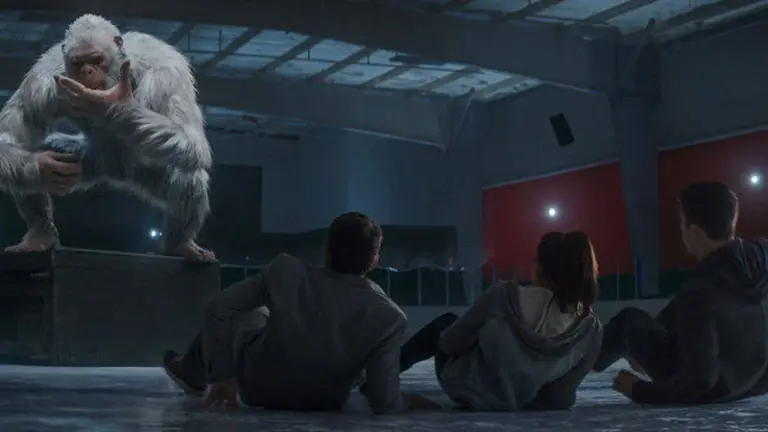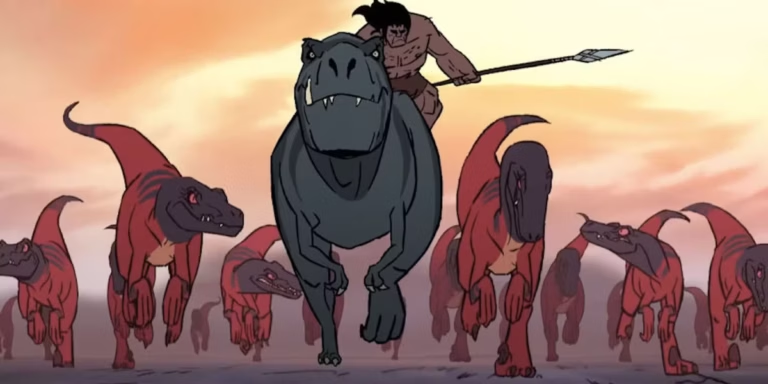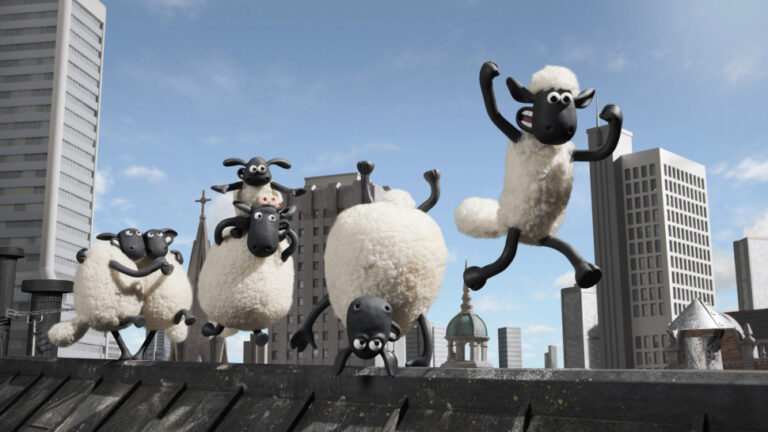Review of The Secret World of Arrietty (2010): A Gentle Ghibli Gem
While The Secret World of Arrietty (2010) wasn’t directed by Hayao Miyazaki, his involvement alongside Keiko Niwa in crafting the screenplay, combined with Studio Ghibli’s signature touch, ensures a high-quality anime. That said, it doesn’t leave the same bold mark as Ghibli’s iconic works like Spirited Away, which stirred a cultural storm, or Kiki’s Delivery Service (1989), known for its distinct charm. Instead, Arrietty feels like a “healing” film, prioritizing soothing simplicity over dramatic flair.
Plot and Themes
The Secret World of Arrietty has been widely praised for its heartfelt themes of family and friendship. For me, however, the story feels less focused on family dynamics or expansive settings, instead centering on the quiet struggle of a tiny “Borrower” family forced to relocate after being discovered. The plot follows Arrietty, a 14-year-old Borrower who, as per her father’s promise, is allowed to start “borrowing” essentials from the human world. When Sho, a young boy, moves into his grandmother’s house, their lives intersect, prompting Arrietty’s family to flee to avoid danger.
The narrative unfolds gently, with no emphasis on action or high stakes to create a standout moment. The family’s decision to leave stems from the need to stay hidden, intensified when Sho helps rescue Arrietty’s mother from a meddling housekeeper intent on eliminating the “thieving” Borrowers. In the end, Arrietty’s family joins Spiller, another Borrower, to find a new home. The only scene that lingers is the tender farewell between Arrietty and Sho, which carries a faint emotional weight.
In essence, Arrietty flows like a calm wave—beautiful but understated. Its lack of dramatic peaks might disappoint viewers craving intensity, making it a quintessential “healing” film for those who savor tranquility. Unlike Ghibli’s more dynamic works, it lacks suspense or conflict, with events unfolding as serenely as everyday life. Even moments of peril, like the capture of Arrietty’s mother or the search for her, feel subdued, and the parting of Arrietty and Sho evokes mild curiosity rather than deep emotion, leaving viewers wondering if they’ll ever reunite.
Yet, this quietness carries a subtle philosophy: as human populations grow, minorities like the Borrowers—or by extension, displaced creatures—struggle to survive. Facing deforestation and loss of habitat, their resilient fight for existence shines through, offering a poignant metaphor for marginalized communities.
Music, Animation, and Serenity
Music is a cornerstone of animated films, and Arrietty weaves a delicate, ever-present score that enhances its tranquil moments. The detailed animation, paired with subtle sound effects, creates a soothing, immersive experience that feels joyful and relaxing. Critics often praise the film’s visuals and music over its narrative, though the soundtrack falls slightly short of later works like Weathering With You (2019) or The Garden of Words (2013). Studio Ghibli’s meticulous artistry in Arrietty captivates viewers, with its intricate depiction of a miniature world “healing” audiences through its beauty. This focus on visuals likely explains why the script and music feel less polished compared to Ghibli’s predecessors or successors, though they remain far from subpar.
Pacing and Drama
When it comes to drama, Arrietty doesn’t deliver. Even pivotal moments, like the capture of Arrietty’s mother or her rescue by Sho and Arrietty, lack tension or urgency. As a healing film, it’s not meant to thrill, but its absence of suspense makes it unremarkable in this regard. The pacing is deliberately slow, with scenes unfolding so naturally that the characters feel like real people living quiet lives. Criticizing this tempo as “poor” would miss the point—Arrietty embraces its gentle rhythm, and expecting a faster pace would undermine its essence. Demanding more intensity would likely rank it among weaker films, but its strength lies in its understated focus.
Final Thoughts
As I’ve noted, The Secret World of Arrietty is a profoundly gentle film with undeniable quality, perfect for those seeking a soothing, meaningful experience. Compared to Studio Ghibli’s earlier masterpieces or Makoto Shinkai’s emotionally charged works, it falls short due to its lack of a defining moment or narrative focus. This doesn’t diminish its value—its serene storytelling, meticulous animation, and tiny world evoke a sense of wonder, like admiring intricate toys or delicate paintings. The film leaves a lasting impression through its calming beauty, making it a worthy, if quieter, addition to Ghibli’s legacy.

